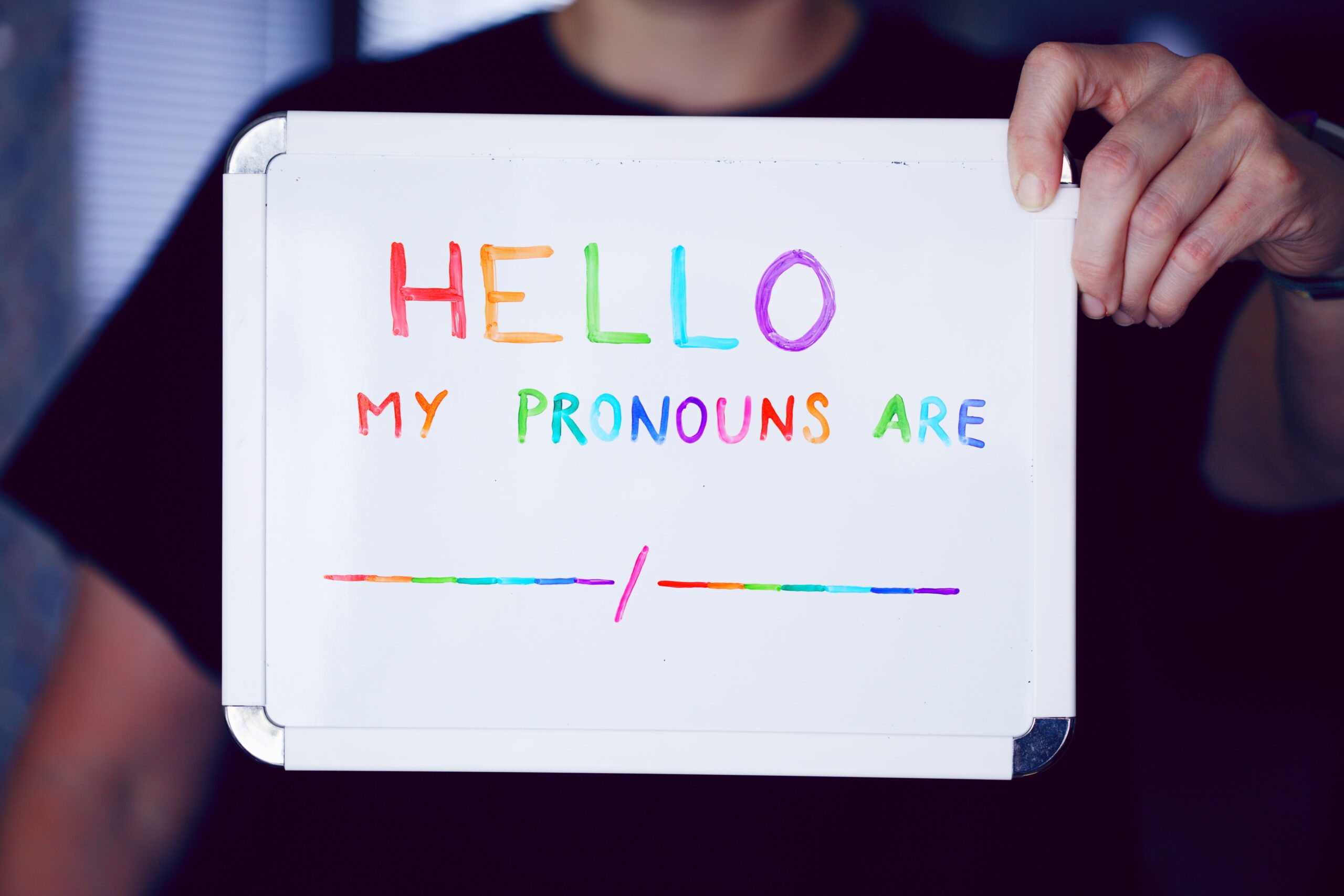Prejudice and harassment at work are too common an occurrence for many LGBTQ+ and gender-nonconforming employees.
More than a third (35%) have hidden their identities in the workplace – in fear of discrimination.
These barriers and unequal spaces leave trans and GNC people with unnecessary struggles and difficulties in the workplace.
As information on LGBTQ+ becomes accessible and mainstream, more ground is being laid for gender equality and inclusion.
But having a token trans-employee or spouting the Equality Act isn’t enough to show support. It’s about implementing equal opportunity regulations and homing diverse workspaces.
Discover how to make your workplace more gender-inclusive, and get further HR advice on how to support LGBTQ+ employees.
Gender inclusion in the workplace
It was historically thought that to promote gender inclusion and diversity, employers needed to hire more female workers. This outdated understanding has since been amended, with a proper focus on its correct definition.
But understanding gender inclusion goes beyond dealing with cisgender problems. Employees who identify as LGBTQ+ and GNC experience harassment, discrimination, and victimisation at work. And many feel pressured to hide their identity at work, for fears of exclusion or hostility.
How to make your workplace more gender-inclusive
All forms of prejudice and discrimination must be eradicated from the workplace. And this includes unconscious, internalised, and implicit biases towards certain groups.
It’s your duty to foster a comfortable and collaborative environment – celebrating inclusion and diversity. And aim to build a business where gender inclusion is championed. Here’s how to make your workplace more gender-inclusive:
Normalise using pronouns
Not everyone identifies themselves using ‘he’ and ’she’ pronouns. You should take a proactive approach in using pronouns that people categorise themselves with.
Never just assume someone’s gender, sex, or sexual orientation by their appearance. Actively learn and refer to correct gender pronouns.
Present a workplace culture that promotes solidarity and support. Soon, your staff will feel comfortable enough to share their pronouns.
Revise your equality policies
Many businesses have policies that comply with discrimination laws and equality regulations. All employees should feel represented in documentation, regardless of gender or sexual orientation.
So, make sure all policies used to categorise people include, ‘gender identity or expression’. And revise your policies so they equally include LGBTQ+ employees.
You should also introduce terminology to your staff, through training, information, and daily communication.
Prepare and plan for transitions
When an employee decides to transition, you should ensure they face as little conflict or worry as possible.
They should still be entitled to the same employment rights and benefits – before, during, and after their transition.
Laws and entitlements can be included in employment manuals and policies. Changes like these can include anything, from amending paperwork to implementing gender-neutral facilities.
Preparing for your employee’s transition will allow you to provide support and make amendments if needed.
Educate and inform your staff
Everyone within your business must understand the importance of trans-inclusion. Training shouldn’t be restricted to your managers or HR departments.
You can provide training and information on gender inclusion and equality on a daily basis. Add LGBTQ+ terms to your work guidelines, like anti-discrimination rules, admin reports, and diversity education.
Introduce a gender-neutral bathroom
All employees have the right to decent bathroom facilities in the workplace. Employers are legally duty-bound to care for their staff’s welfare. And this includes having acceptable restroom access for all.
You can introduce gender-neutral bathrooms in your business. These facilities should be made accessible for those whose orientation doesn’t fit into ‘ladies’ or ‘gents’.
Having unavailable or restricted bathroom access can lead to people avoiding them altogether. And this is considered completely unhealthy and even dangerous in certain situations.
Aim to minimise any potential conflictions for restroom access at work. And consider the added security and safety LGBTQ+ employees will gain from this.
Invest in trans-management
Businesses should always aim to recruit from a widely diverse pool of talent. You’ll be able to utilise individual thinking and creative exploration – resulting in further business succession.
Being gender-inclusive isn’t just reserved when onboarding new candidates. It’s also about providing support and standing as a pro-LGBTQ+ business.
Consider helping more trans-employees gain access to management training and promotional opportunities.
Lead by way for gender-equality
The rights and entitlements for LGBTQ+ employees are too often forgotten or ignored. Employers and HR management alike are duty-bound to promote inclusion and equal opportunities for all staff – regardless of their identities.
Take it upon yourself to learn about trans communities and the challenges they face. And educate your employees on how to cultivate a workspace of acceptance and respect for all.

